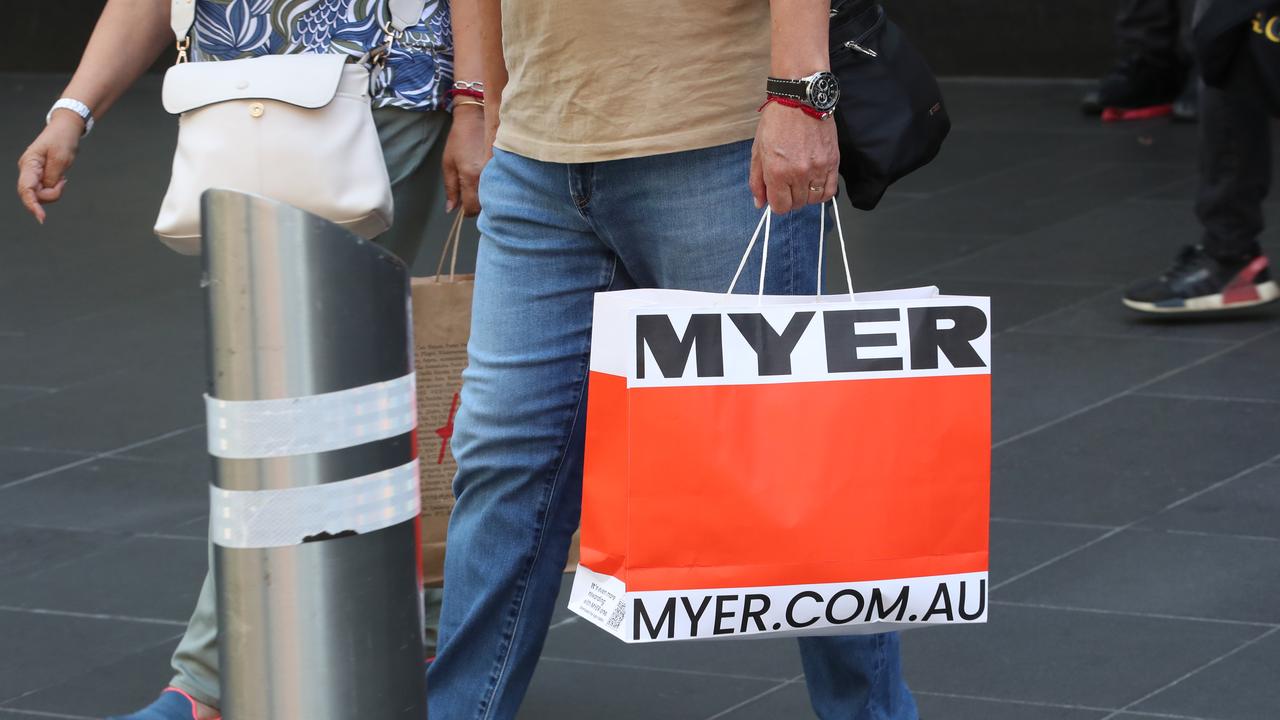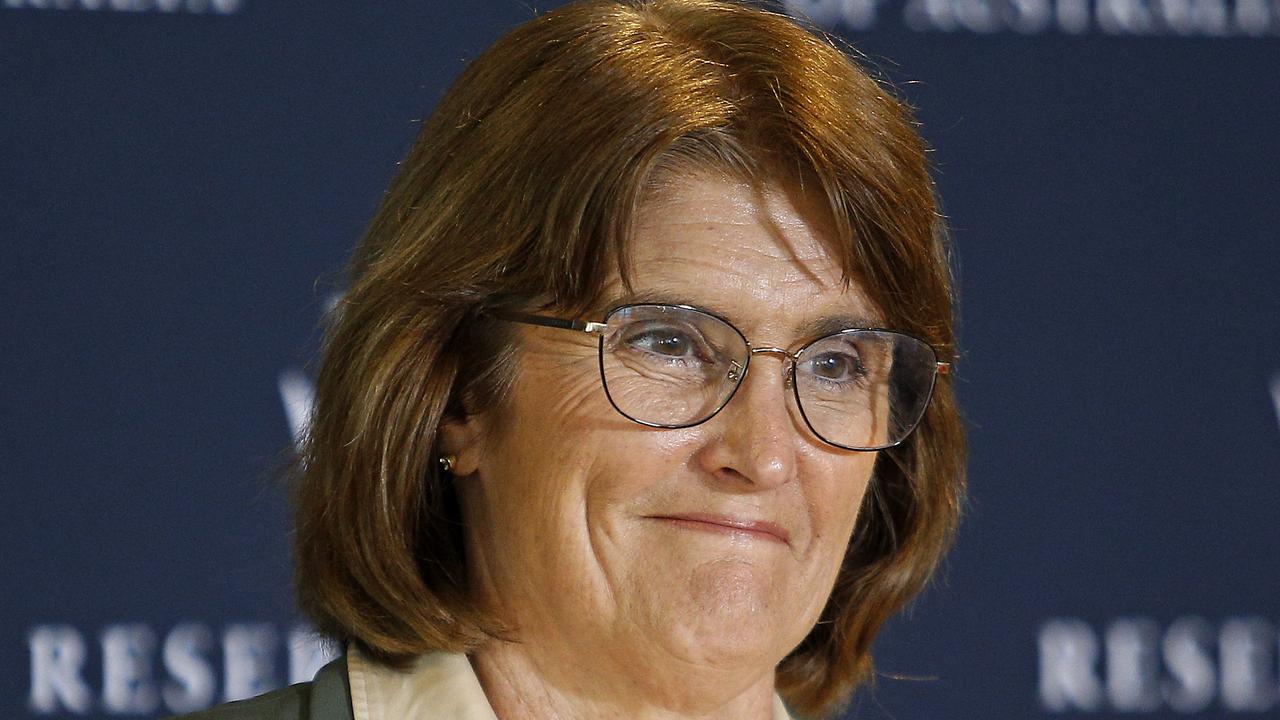Roy Morgan unemployment data shows fewer Australians have jobs
Data released today is another sad reminder of the economy after the RBA was forced to cut rates and Australia’s growth has fallen to a decade low.
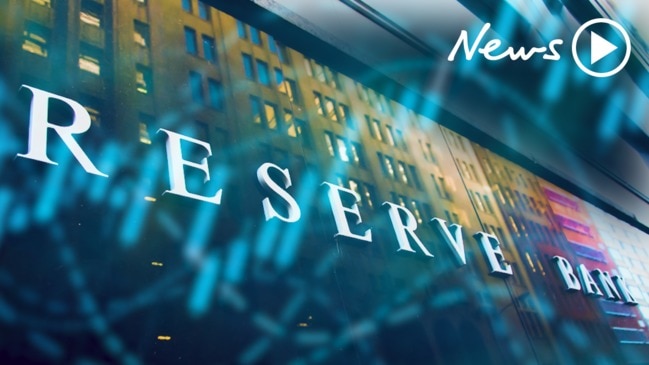
New figures from a leading market research company show the alarming rate of job losses in Australia.
Roy Morgan says unemployment in May was at 10.3 per cent, 0.5 per cent higher than the same period last year.
The rate is significantly higher than the current ABS estimate for April of 5.2 per cent and gives another sobering reality to the state of the nation.
On Tuesday, the Reserve Bank was forced to cut its official interest rate to the lowest Australia has ever experienced and yesterday new data showed the economy had slowed to its weakest level since the tail of the Global Financial Crisis in 2009.
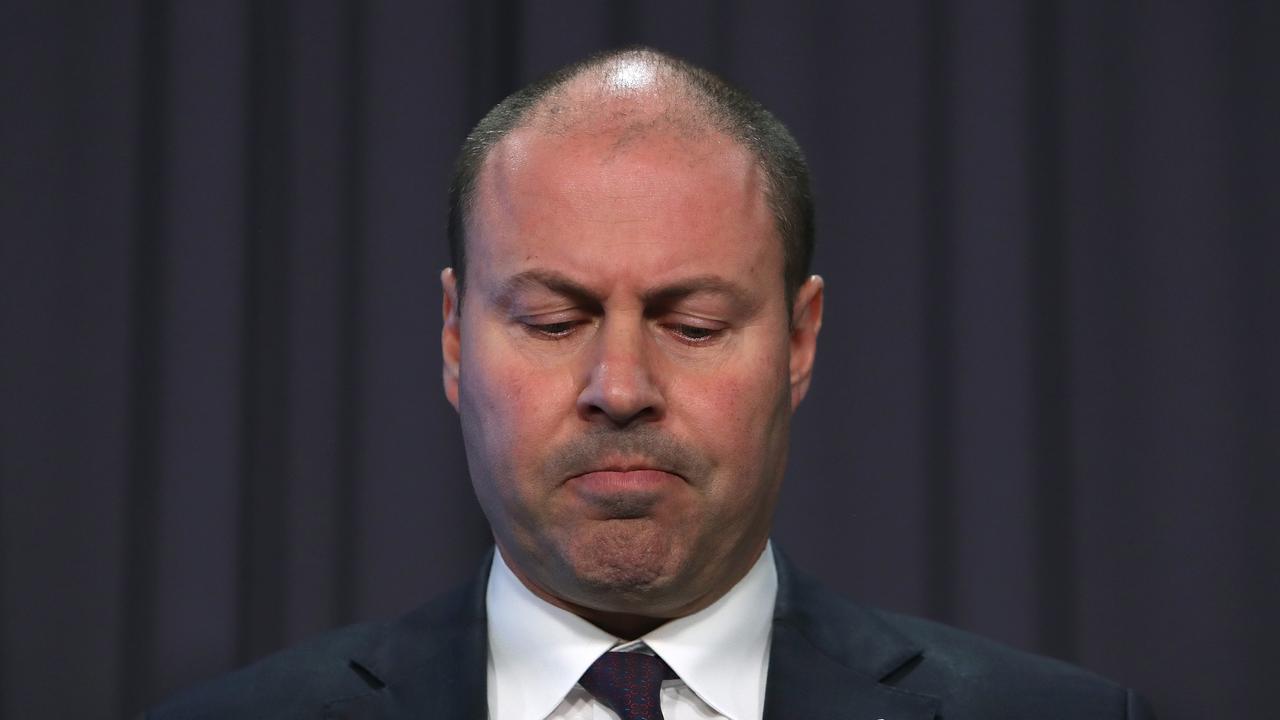
The jobs data says 166,000 fewer Australians were employed than 12 months ago.
And the first priority for the recently elected Morrison Government should be rushing the promised income tax cuts through parliament to help stimulate spending, Roy Morgan chief executive Michele Levine says.
“Other legislative priorities should include tackling the ‘cash economy’ which undermines law-abiding businesses, reducing the penalty rates for businesses opening on weekends and public holidays and cutting the regulatory ‘red tape’ that discourages businesses from hiring new workers,” she said.
“In addition to the high level of unemployment there are 1,223,000 Australians (9.2 per cent of the workforce) now underemployed for a total of nearly 2.6 million Australians either unemployed or underemployed equal to 19.5 per cent of the workforce.
“Unfortunately for Australians looking for work or looking for more work this represents very little change since the last Federal election in July 2016.”
RELATED: Will you get the rate cut? Big banks announce plans
RELATED: Delaying rate cut will allow big four to pocket $110 million
RELATED: Australians should expect another rate cut
On Wednesday, ABS data showed the economy grew by just 0.4 per cent in the three months to March and by 1.8 per cent in the last year.
The annual growth had fallen from 2.4 per cent in the year to the end of December.
Government spending made a major contribution to growth in the latest quarter, with more cash flowing into disability, health and aged care services.
Household spending was weak, with people buying fewer non-essential goods including furniture and meals at restaurants.
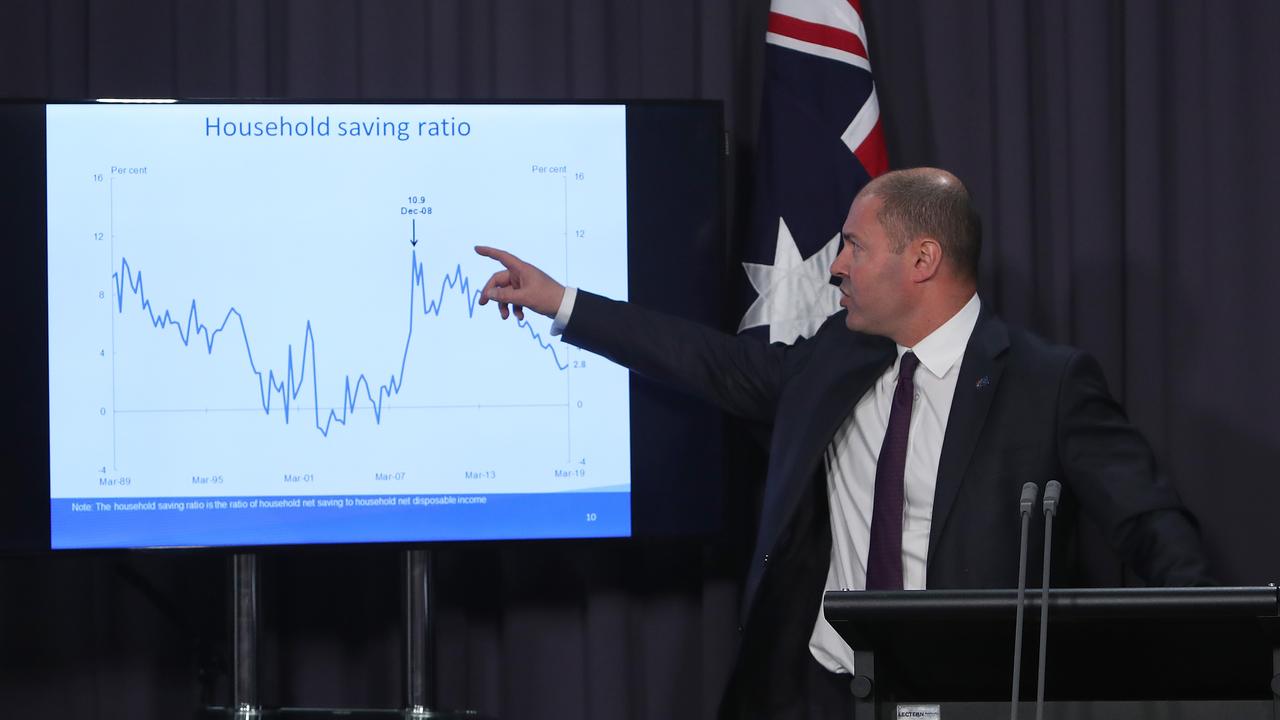
Treasurer Josh Frydenberg insists the looming lower and middle income tax cuts and the official interest rate falling 25 basis points to 1.25 per cent will allow consumers to go out and spend.
He hopes this will keep the economy ticking over.
“The provision of the tax cuts, as well as the interest rate decision yesterday, will boost household disposable incomes and will be important as part of compensation,” he said.
The southeastern drought also took a toll on growth, with farm GDP down on the same time last year, and crop production falling in the quarter.
Mr Frydenberg had spruiked employment growth to rebuke claims the need for a cut to its lowest level in history proves the economy is in a dire position.
But he did admit “there are some challenges” related to weak inflation and the struggling property market.
“We are facing economic challenges both domestically and internationally, particularly from the trade tensions between China and the US,” Mr Frydenberg told Nine’s Today program.
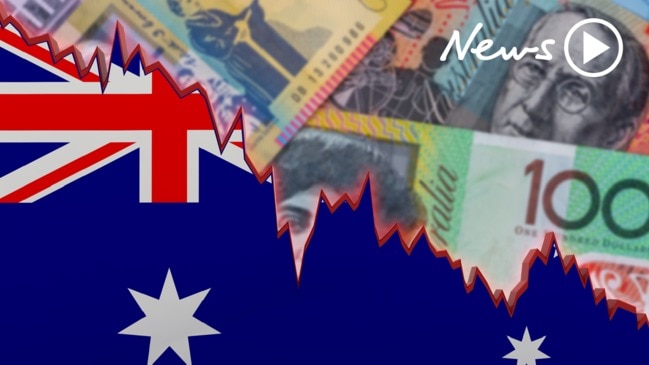
AMP Capital chief economist Shane Oliver said the economy’s recent dependency on investing in government projects and net exports kept the growth from flattening out completely.
But this will come to an end next year and Australia will have a higher risk of recession, he said.
“The outlook for 2020 looks challenging as government infrastructure spending looks like it will slow after this year, residential construction looks likely to continue to decline, the consumer is expected to remain weak and risks are building around the global economic outlook as a result of (US President Donald) Trump’s trade wars,” he said in a note.
The Roy Morgan unemployment estimate is based on surveying an Australia-wide cross section by face-to-face interviews. A person is classified as unemployed if they are looking for work, no matter when. The results are not seasonally adjusted and provide an accurate measure of monthly unemployment estimates in Australia.
The ABS unemployment estimates are based mostly on telephone interviews. Households selected for the ABS survey are interviewed each month for eight months, with one-eighth of the sample being replaced each month. The first interview is conducted face-to-face.
Subsequent interviews are then conducted by telephone.
Continue the conversation on Twitter @James_P_Hall or james.hall1@news.com.au


